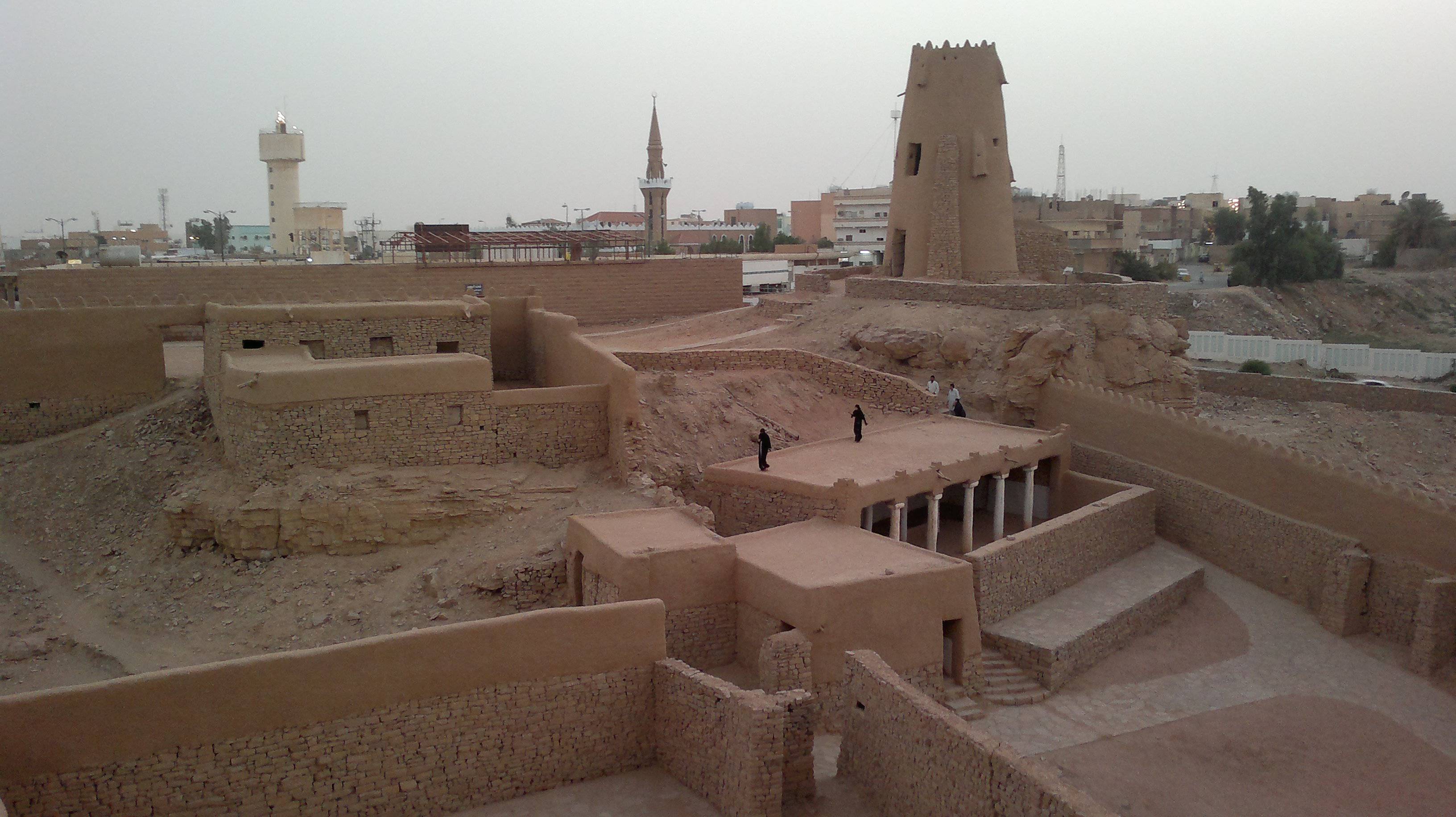
Al Jowf is a significant region in the Kingdom of Saudi Arabia that encompasses a total size of 139,000 square kilometers. The region, blessed with an abundance of palm trees and olive trees dotting the lush natural scenery, is one of the most tourist-driven attractions in the world. The olive oil that Al-Jowf produces is considered to be the highest quality in all of the Kingdom, and their farm produces more olive oil than any other in the entire world.
The term 'Al Jowf' comes from the Arabic word for 'cavity' or 'depression,' and it relates to the number of deep valleys and beds of seasonal streams that can be found across the area. These valleys are worth visiting for any tourist to acknowledge the extravaganza of this oasis.
According to some, the Al-Jowf province is the most ancient inhabited region in the Arabian Peninsula. There is evidence that the ancient Acheulean civilization once inhabited this entire territory all over the place. The Rajajil columns, a historical site, are evidence that Copper Age relics can be found in this area. The city of Al Jowf holds a significant position in history due to the fact that it was an important stop along the ancient Incense Road, which included important land and sea trade routes.
The broad plains and the areas of varied heights combine to make Al-Jowf a genuinely magnificent and one-of-a-kind location in terms of its geographical location. The city welcomes tourists for a large number of attractions, including castles, mosques, museums, lakes, and more. There are high plateau places in Al-Jowf that are characterized by hills, mountains, and lava fields.
The city of Al-Jowf is home to a wide variety of tourist destinations, each of which brings in a consistent flow of visitors from different parts of the world. Check out the medieval military stronghold known as Marid Castle that dates back to the first century after the common era. It is found to the south of the city of Dumat-al-Jandal.
The Al-Jowf region encompasses the entirety of the Great Nafud desert, stretching from the west to the Ha'il province in the east. The Sirhan Valley, the Khabara (Swamps), and the Dumat al-Jandal Lake are all very important components. The tremendous impact of Qedar, the Nabataeans, and even the Romans may be seen in important archaeological sites located throughout the province. The structures are examples of the architecture that was prevalent during the Umayyad, Abbasid, and Ottoman periods, as well as other Islamic eras that may be seen in the area.
 Language Spoken
Language Spoken Weather
Weather